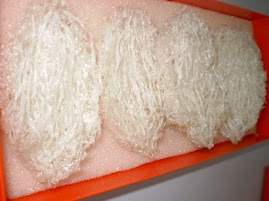The rising temperature has caused discomfort for dwelling, which may lead to minimal utilization of a building’s space during the day.
The similar goes to the BH.
No birds will want to frequent your bird hotel if your suite is warm like a sauna even though you offer them 5 star amenities. You have to accept the fact that no matter how faithful they are, because of heat matter they will leave you in no time.
But, you just do not afford to say bye-bye to your fellow swiftlets. You need to pull up the socks to get your hands on now.
Failed farm is really uncool!
Malaysia is a country which is sunny all year round. It is a common occurrence in Malaysia for the upper floors of a building to get very warm during a sun shining day. The hottest hour of a day is around 3 pm to 5 pm and the outdoor temperature may reach as high as 35 ○C.
You need to beat the heat before the heat beat you.
As global warming keeps temperatures going up, you may want to lay aluminium foil on your pitched roof to bring them down. With the use of aluminium foil, the average temperature in a building can drop as low as 5 ○C cooler compared to the outdoors and 3 ○C cooler than buildings with conventional roofs.
Do take note that aluminium foil is different from conventional paper foil. Paper foil is not so durable. Their shortcomings are:
1. Low safety value
I) High possibility of getting burnt when lightning strikes,
II) High moisture absorption during times of high humidity, resulting in paper foil sagging over time.
2. Low durability
I) Paper foil are easily torn during installation and easily damaged by wind and rain
II) Short life span
III) High incidences of leaks
3. Low quality
I) Paper foil offers little heat protection
II) Mistakes during the installation process often result in poor quality finishes.
Aluminium foil is more value-for-money. The advantages are:
1. It offers high heat reflection values. Air bubbles sandwiched between pure aluminium heat reflectors provide additional heat reflection.
2. With the bubble & woven carriers, it can withstand rough handling, resist tearing and hence minimizing wastage during the installation process.
3. The material is non-porous and is effective as an additional moisture barrier and act as secondary protection when needed.


































No comments:
Post a Comment